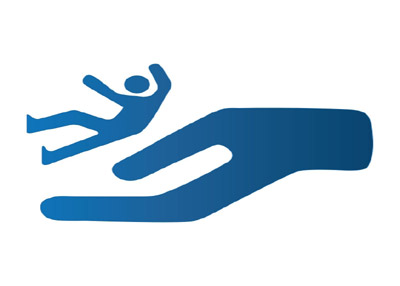
Fall Prevention Tips
Statistics indicate that one out of three seniors will need to spend an extensive amount of time in a recovery program as a result of an accident that occurred when they fall. As a matter of fact, the Centers for Disease Control and Prevention proclaims that falls are the number cause of injuries for the elderly, and is the number one reason why senior citizens end up in a recovery program.
In this posting we’ll take a look at several fall prevention tips to consider.
1. Do Not Wear Loose Clothing
Many elderly fall victims sustained an injury as a result of the fact that they tripped over loose clothing such as extra-long pants. Therefore, ensure that you opt for better fitting clothes that don’t drag on the ground.
2. Wear Shoes or Non-slip Socks
While it may be true that socks are comfortable to wear around the house, they present a slipping risk as well. As such, if you usually walk around the house in socks, consider the possibility of wearing a pair of shoes or sandals. Alternatively, it’s also worth noting that you can utilize non-slip socks, which have grips on the soles of the feet that can help to prevent slipping.
3. Use Non-Slip Mats
Certain areas of the house can prove to be extremely dangerous once they become wet. Some prime examples include kitchen floors, porches, showers and bathtubs. However, by utilizing an assortment of nonslip mats it can help to prevent a fall from occurring on a wet surface.
4. Install Handrails/Grab Bars
These safety devices can prove to be especially useful when it comes to getting on/off the toilet, going up/down the stairs or stepping in/out the bathtub without hurting yourself. In addition to installing grab bars and handrails in the aforementioned areas, it’s highly recommended that you install them along the stairways and hallways as well.
5. Removing Potential Hazards
Certain types of faulty fixtures within your home can prove to be potentially hazardous to your health. If left unchecked, these faulty fixtures can cause a fall-related injury further down the line. Therefore,examine each room and look for tripping hazards such as slippery throw rugs, items within the hallway or loose carpets for example.
6. Move More Cautiously
Statistics demonstrate that many people fall at home as a result of moving too quickly from a sitting to standing position or vice versa. Therefore, ensure that you pause after going from sitting to standing and from lying down to sitting up.
